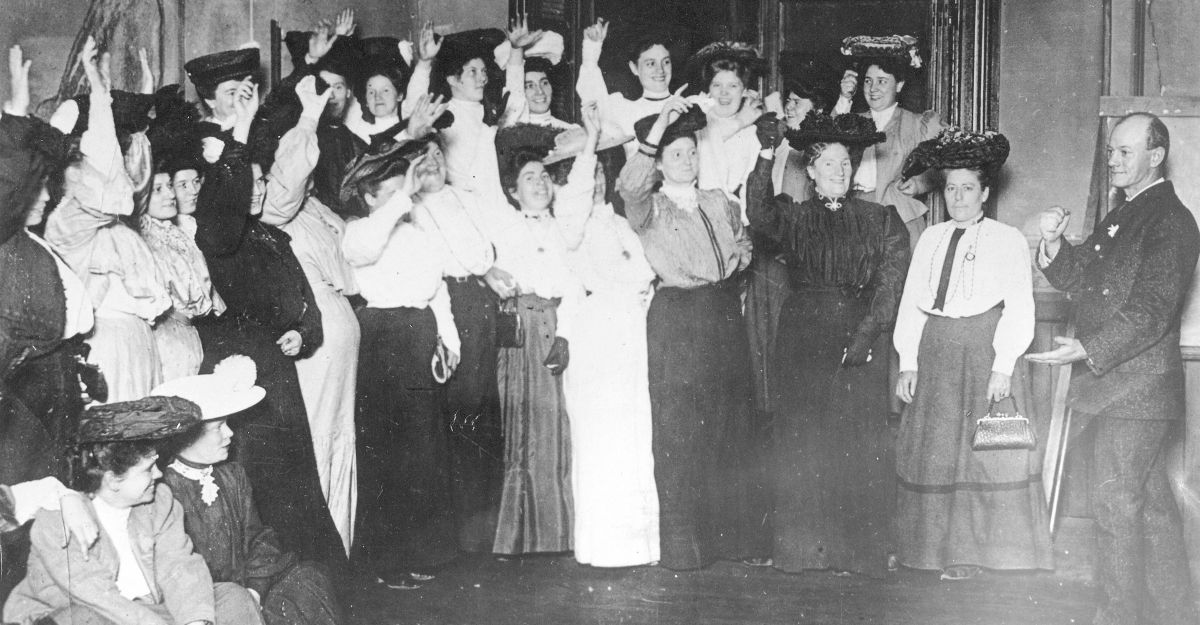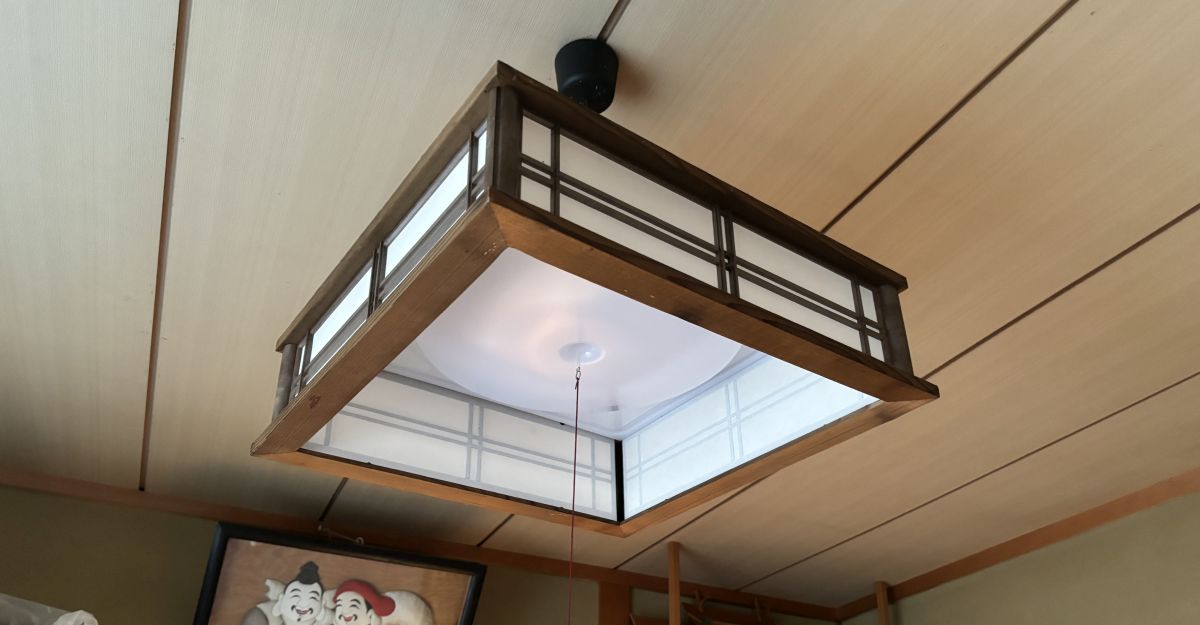In 1974, Joan Crawford told a reporter: ‘They don’t write for ladies anymore, but I can tell you, we’re here to stay.’ And it’s true – the current era of television production is giving a lot of time to an older slate of Hollywood players. Grace and Frankie, a Netflix-produced show, allows Jane Fonda and Lily Tomlin a platform to explore the demands of growing older in a society that, in many ways, excludes them. Its current third season is built on the premise that, not allowed to espouse their sexual natures in public spaces and being underappreciated by their families, they decide to design a vibrator that caters to the needs of women their age. The result, Vybrant, doesn’t aggravate Grace’s arthritis and, when trialled by a small focus group, satisfies everyone. Grace and Frankie are faced with more problems, though, because the banks won’t give them a loan to get their brand started: it’s clear that the men at the gate think they’ll die before they finish their repayments.
Confronting society’s ageist and sexist constraints is also key for Fox’s new miniseries Feud, which traces the efforts of Joan Crawford and Bette Davis as they struggle to survive in a Hollywood that doesn’t have space for actresses nearing sixty. Created by Ryan Murphy, this show follows Crawford and Davis, played by Jessica Lange and Susan Sarandon, in early 1962, while both wait for roles to come in – a dry spell after more than three decades in the industry.
Through some very plodding and awkward exposition, Feud’s first episodes detail the infamous rivalry on the set of Whatever Happened to Baby Jane?. When the Feud project was announced, many fans of Classical Hollywood expressed disappointment that audiences unfamiliar with these two great actors might first discover their work through this restricted lens that, through its title alone, gives their relationship to each other greater emphasis than their achievements – something the Hollywood studios did throughout their careers.
To its credit, as Feud has progressed, its emphasis on the marginalisation of women has increased substantially. In the most recent episode, ‘Abandoned!’, as the Davis character painfully remembers being sexually rejected by men, she presses Robert Aldrich (Alfred Molina) to admit that he has never been rejected by a woman. ‘I didn’t make up the rules,’ is his reply. He’s correct: he didn’t initiate the systemic and widespread banishment of women to the second sex, yet he can’t help but to participate in the system. Moments like these are littered throughout episodes, and yet much of it seems cursory. because the show continues to fall back on the narrative mechanism that sets Crawford and Davis up as distinct opposites – beautiful versus character actor – and each others’ own worst enemy. (In a recent episode of the Slate Culture Gabfest, Alison Wright, who plays Pauline Jameson on Feud, wryly observes that women in the industry can be either beautiful or a character actor.) ‘Abandoned!’ also alleges that Davis ended Crawford’s career, which is clearly an oversimplification. Moreover, in perpetuating this theory, Feud risks damaging the strides it has made in its deconstruction of Hollywood sexism.
Of course, as in any biopic that must focus on a specific period of time, elements are missing. But by opening in 1962 and presenting its expository detail through the framework of later flashbacks to 1978, Feud skips the biographical detail of what made Davis and Crawford such significant figures in the film industry and beyond. A scattered few re-enactments of their films are all we get, but there is nothing from, for instance, the early 1930s, when both actors reigned.
Instead, we have scenes like those in the pilot episode, where Joan Crawford is remembered talking about her breasts and her wrinkles – a vain spectacle. Later, Joan is talking about the skill of acting in a flashback voiceover, while the image depicts her shoving implants into her bra, reducing her ‘skill’ to her appearance. Bette is explicitly referred to as an ‘old broad’ (for the record, I don’t think there is anything wrong with this phrase), and framed as such making her earlier work within the studio system invisible. To an extent, Sarandon has suffered similarly, as her decades-long efforts as an activist have almost been erased by recent criticism of her political stance, enabled by online outrage culture. That it also indulges in allowing its Olivia de Havilland (a muted Catherine Zeta Jones) to gossip about Davis’s famous estrangement from sister Joan Fontaine is quite cheap (and de Havilland, who is still living at 100, was not consulted for the show).
It’s a shame that a historical reflection of two of the greatest Hollywood stars in history – two women who fought studios, negotiated contracts and roles, and defied society – chooses to erase why and how they were significant and pioneering.
The gaping hole in this remembrance of Crawford and Davis becomes wider when considering that Netflix has recently released Five Came Back, an adaptation of Mark Harris’s book tracing the wartime careers of five key Hollywood directors after the USA entered the Second World War. Focusing on the endeavours of George Stevens, John Ford, John Huston, William Wyler, and Frank Capra, Five Came Back acknowledges the power of cinema, and of the cinema screen space, at that particular time in history. ‘Going to America was like going to the moon today,’ says Wyler, in a recording about his initial experience of emigrating to America; ‘America was almost dreamlike for him,’ Guillermo del Toro reflects on Frank Capra. Through their cameras, these directors wanted to capture the tangibility of war and the after-effects, through the faces of survivors, both soldiers and civilians. Making They Were Expendable in 1947 was, for John Ford, ‘as much therapy as filmmaking’. George Stevens, who made the 1939 Gunga Din, a film that celebrated war, said that if he’d known what he learned in the early 1940s, he could never have made it. Then there’s John Huston, known for his depictions of traditional physical masculinity; Five Came Back makes explicit how his outlook changed with his experiences of war, as demonstrated by his insightful documentary 1946 documentary Let There Be Light, about the psychological strains on returning servicemen. It’s a powerful series and its bias is straightforward: men discuss the sacrifices and achievements of other great men.
Women of a certain age – no, women full stop – are largely invisible in Five Came Back, which features no women interviewees (Kathryn Bigelow, for instance, would have been a relevant and interesting commentator). There is no mention of other directors who made training videos or filmed the war, such as Hollywood’s only woman director of the era, Dorothy Arzner. To an extent this is understandable: it is not a general history. But this extra historical context would not have gone astray. I found myself wondering, while watching the first episode, whether there would be any attention given to Bette Davis’ tireless efforts (with John Garfield) to establish the Hollywood Canteen. Davis ran the Canteen, a club that could be attended by young servicemen bound for the Pacific, where stars (including Joan Crawford) volunteered their time every night. The Canteen became part of Hollywood’s self-mythologisation – Jack Warner even made a piece of propaganda for the American war effort, Hollywood Canteen, in 1944. And yet, Five Came Back touches on the Hollywood Canteen only briefly.
That these two shows have been released on streaming services and cable almost simultaneously highlights the inconsistency with the way creators frame gendered stories, and the readiness with which audiences consume such stories. Given that Netflix has produced this excellent documentary, I can’t help but feel ashamed, and angered, that women – particularly giants like Bette Davis and Joan Crawford – are being almost misremembered in a show like Feud, that dramatises their conflicts and indulges in their rivalry, sometimes at the expense of a real exploration of sexism and ageism. (And it is sexist: as Crawford comments, George Cukor is five years her senior and having wonderful directorial success with My Fair Lady.)
In the pilot episode of Feud, Joan Crawford’s beautician says, scathingly, ‘Men age, they get character. Women age, they get lost.’ The show doesn’t hold back from this opinion, but with only one episode left to air, it doesn’t always honour it. Crawford, Davis, and many other stars of the Golden Age would have been aware of this unequal standard that men and women were held to, even if they didn’t have the language of contemporary feminism to express it in.
Ultimately, with his portrayal of the relationship on the set of Whatever Happened To Baby Jane?, Ryan Murphy risks creating two characters of the monstrous feminine, presenting an outward adoration for the women while using images and tropes not unlike those perpetuated by lurid tabloid exposés. These are the kind of narratives that retroactively apply guile and self-involved motives to every aspect of a woman’s life, even as the males of Hollywood, like those championed in Five Came Back, get to be lionised as patriotic and self-sacrificing. As heroes. (Ironically and disappointingly, but not unsurprisingly, Feud is written almost entirely by men.)
At the very least, we need more of what Jane Fonda and Lily Tomlin are doing – proving that women really are here to stay.
Image: poster from Whatever happened to Baby Jane?






